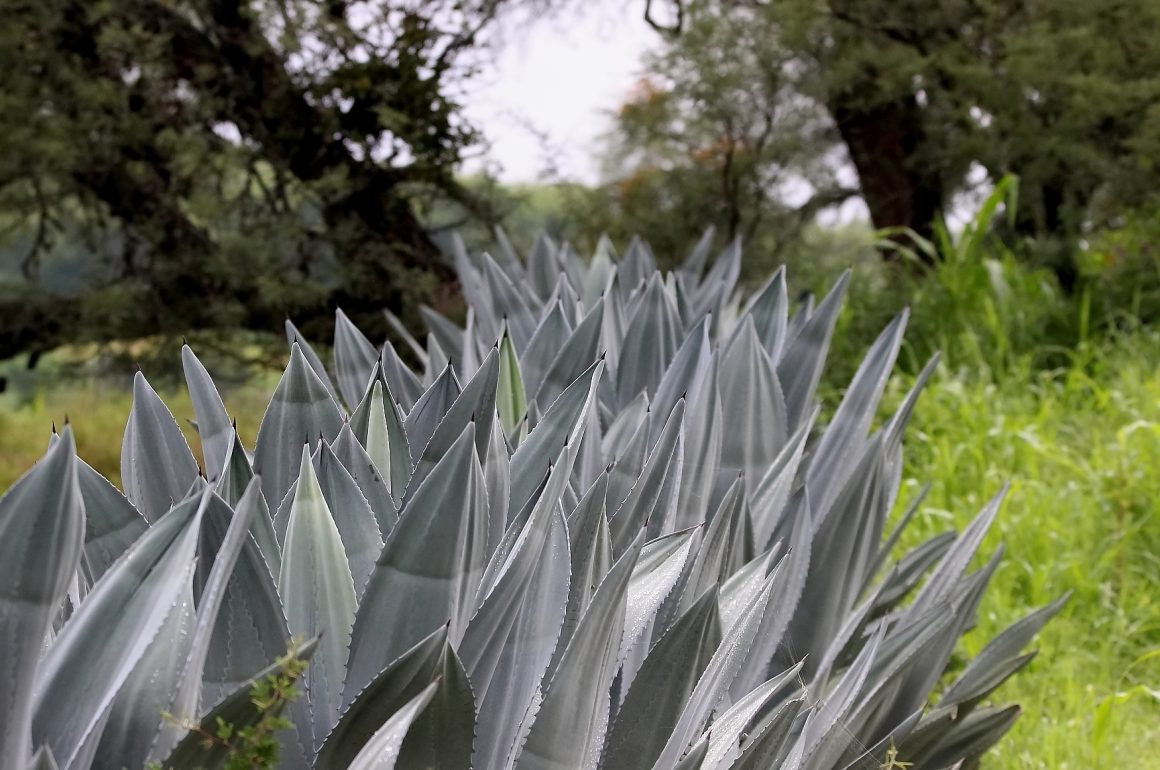
Morelia, where I live, is a city in southwestern Mexico with about a million inhabitants. Twenty minutes north, you will find Mexico’s second largest lake, Lake Cuitzeo. And on the far side of that lake, about 40 minutes from my home, is the small archaeological site of Tres Cerritos. (Tres Cerritos means Three Little Hills, and refers to the three small Teotihuacán-style stepped pyramids found there.) Frankly, the pyramids aren’t much to see. But the birds are great.
Back when I started birding the Morelia area, I quickly discovered that Lake Cuitzeo hosts one of Mexico’s greatest concentrations of waterfowl and shorebirds. Shortly after, I discovered that the birds on the lake’s north shore are often more representative of Mexico’s north central plateau, as opposed to the Transvolcanic Belt birds from the south shore and further south. For example, on the south side you will see endemic Spotted Wrens, while the north side offers the same Cactus Wrens you can see all the way up to the southwestern United States.
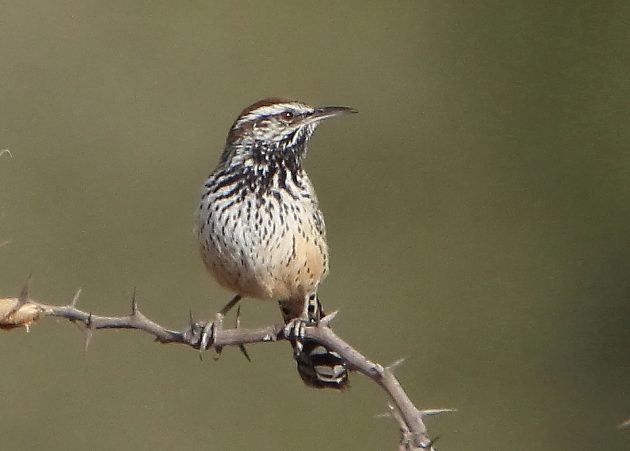
This shot of a Cactus Wren, like all the other photos in this post, is from Tres Cerritos.
Other birds I have only seen on the north shore include the rather goth-looking Phainopepla, incongruously related to the south’s much lighter Gray-Silky Flycatcher, and the desert-loving Pyrrhuloxia. I have seen Northern Cardinals there thirteen times so far, although they are not supposed to be found in the Michoacán highlands. Once they appeared to have been a mating pair, and they were seen during the reproductive season.
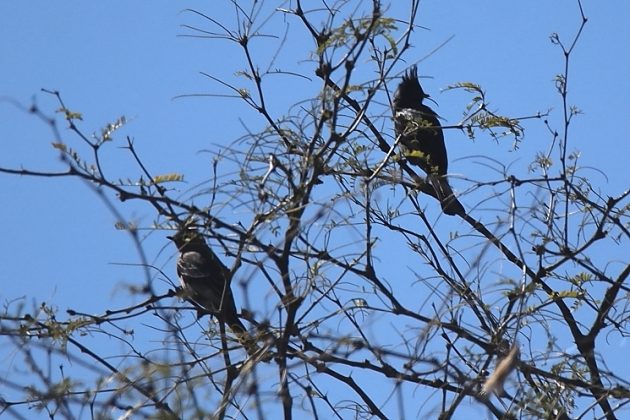
Phainopeplas
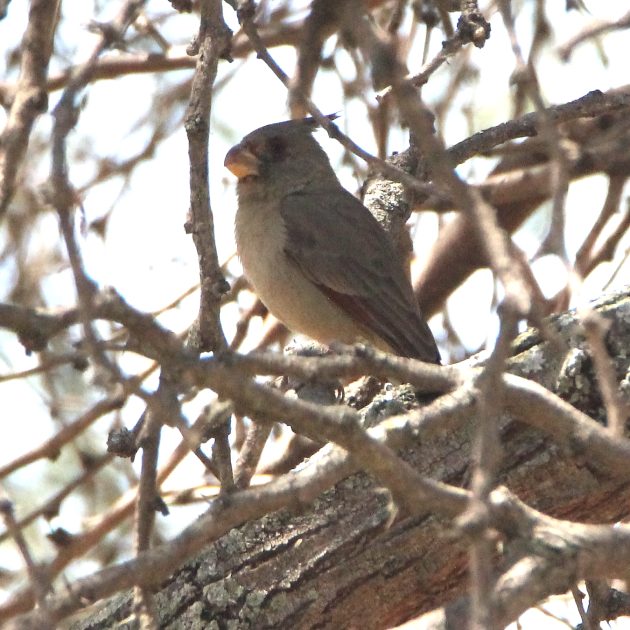
My one-time-only Pyrrhuloxia
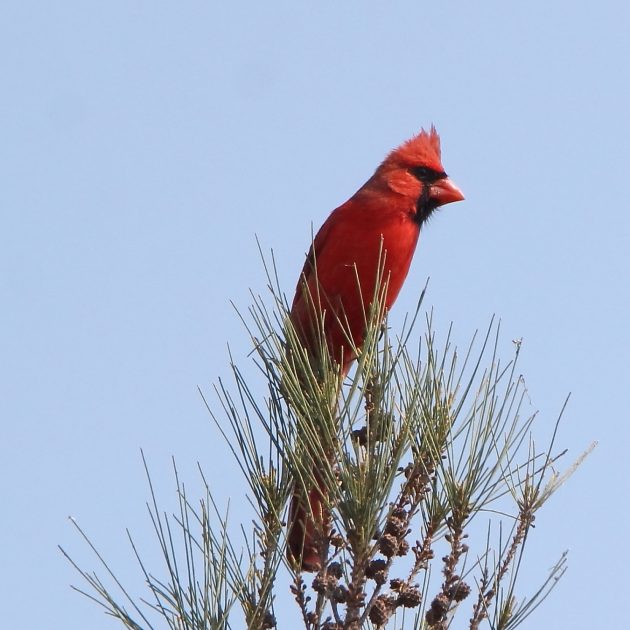
The unmistakable Northern Cardinal
All in all, my Tres Cerritos life list has already reached 166 species. It is a site full of surprises. The day that single Pyrrhuloxia turned up, I also saw my first Lucy’s Warbler. Tres Cerritos is where I have seen my only northerly Green-tailed Towhees in Michoacán. I had my only quality encounter with a world-travelling Hudsonian Godwit there. Once, I saw six different birds of prey there in a single day. And the site gave me my best-by-far photos of the Chestnut-collared Swift.
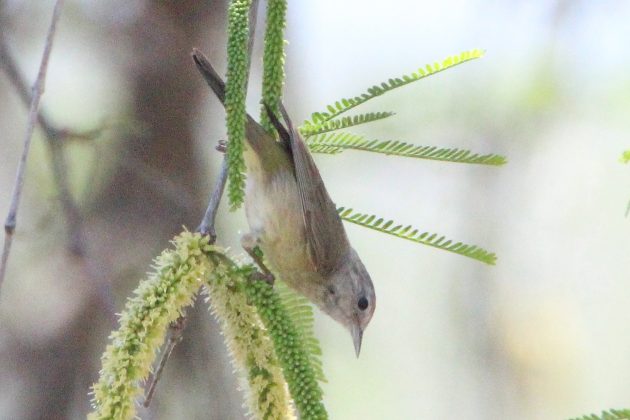
The Lucy’s Warbler is rather plain.
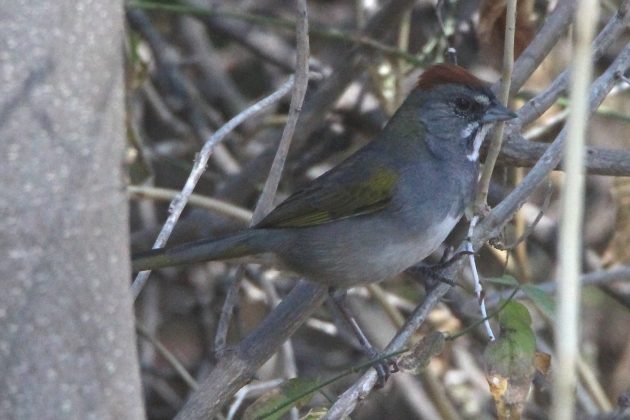
But the handsome Green-tailed Towhee beats our more common Canyon Towhee hands down.
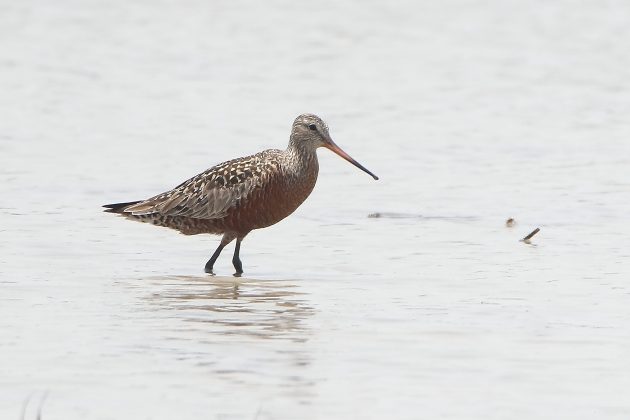
This Hudsonian Godwit was clearly too tired and hungry, after flying all the way from Patagonia, to deny me a good photo.
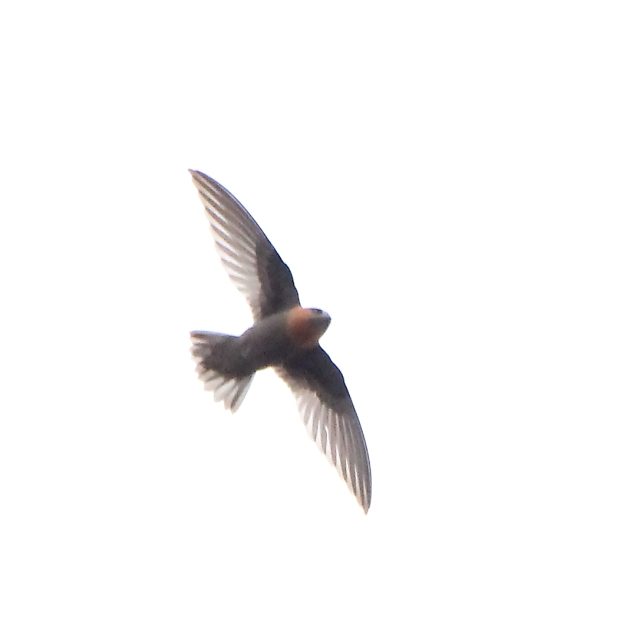
If you’ve ever attempted Swift photography, you know this shot is also pretty good.
And the surprises just keep coming. It has been only five years since I first discovered that the desert-loving Verdin could be found within Michoacán’s northern borders. Even today, after 17 sightings in the state, I still get “rare bird alerts” with each new one. But with seven sightings in the past two years at Tres Cerritos, my friends and I now know that it has a constant presence at the site.
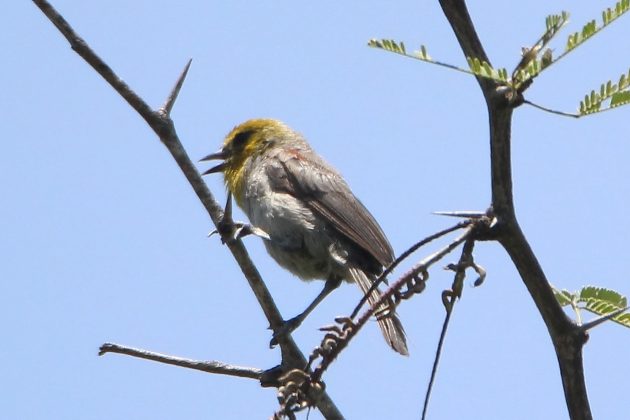
All of this explanation is leading up to… a bird I have not yet seen. Last Saturday, a massive 23 birders trekked up to Lake Cuitzeo and Tres Cerritos for the October Big Day, also known as the Migratory Bird Day. (I say “massive”, because only ten years ago I did not have a single birding buddy here. Now we have a core group of about a dozen birders, and at each major event an equal number of curious newbies may turn up.)
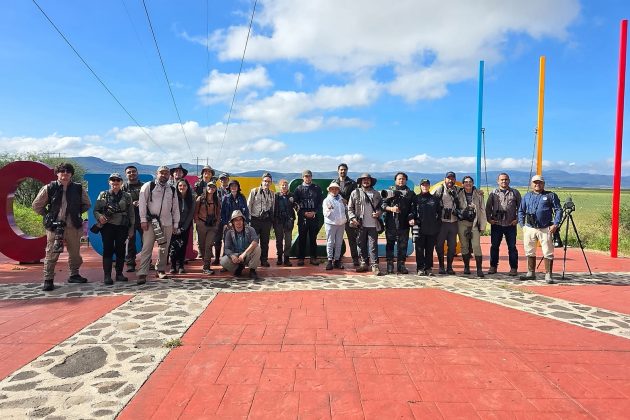
They were posing in front of big block letters spelling “CUITZEO”.
Unfortunately, I was not one of them, as I was preparing for an intense week of work ending with our traveling to Europe on Friday.
And what did I miss? Let me show you:
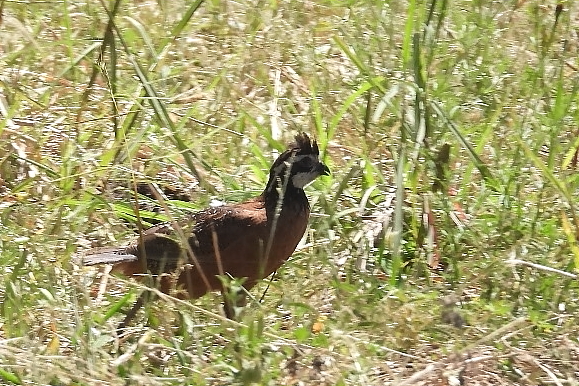
United States birders, accustomed to the streaky light-brown Northern Bobwhites of that country, might be surprised to know that this intensely colored reddish-brown bird is also a Northern Bobwhite. As for me, I was shocked to know that it could be found at a site I have visited so many times, as I have never actually seen one, there or anywhere else. And I was even more surprised that a group of chicks was seen along with the adults.
Now I have something to look forward to, when we get back from Europe and North Africa in November.
One more bit of birding news: A Golden Eagle was seen flying east of Morelia this week. Even though the Golden Eagle may be the bird depicted on the Mexican flag, they are very rare here, and this is the first one reported in Michoacán since the 1950s.
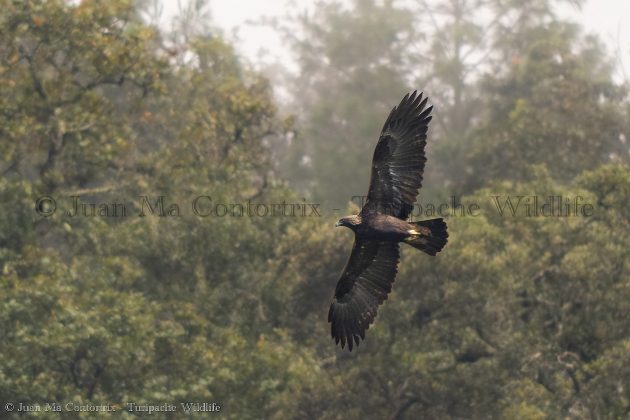
Photo by Juan Ma. Contortrix of Tlapache Wildlife
I also did not see that Golden Eagle.






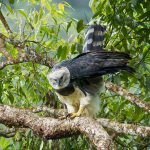
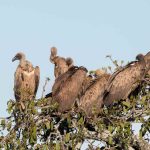
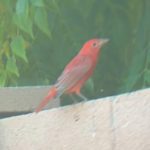
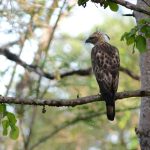
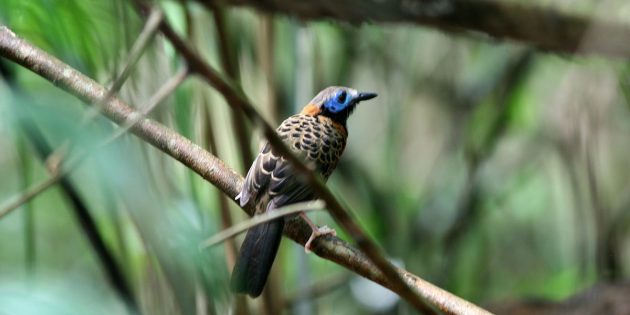
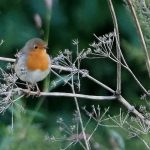
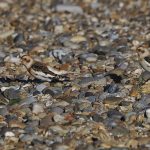
…the pyramids aren’t much to see but the birds are great… is the best pro-nature, anti-culture sentence I have read this year. Pity you missed out on the Big Day.